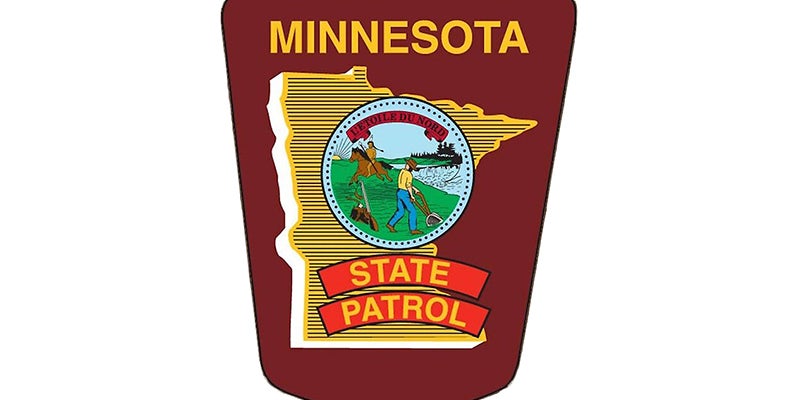Trap, neuter, release can decrease feral cat numbers
Published 12:30 pm Sunday, July 24, 2016
By Carey Sharp
Mower County Humane Society
One female cat can give birth to two to three litters of kittens in a year. Some can even produce up to five litters in a year.
If allowed to breed without any restrictions, that one female can produce about 100 kittens during her lifetime.
Free roaming cats or ferals can become pregnant as early as four months of age, producing litter after litter. Where do they go? What happens to them?
The Mower County Humane Society is currently housing about 150 cats and kittens in a shelter that was built to house about 100 comfortably. About a third of these cats are the result of the feral cat population in the area. Entire litters of kittens frequently find their way to the shelter where they are given vet care, spayed and neutered, and eventually adopted. The small adoption fee charged doesn’t even put a dent in the huge cost of caring for so many. Unfortunately the free roaming adults that produced them are seldom caught, leaving them to bring more cats into an already overpopulated society.
The MCHS has worked diligently to curb the cat population in our area. The shelter spays and neuters about 200 cats yearly during an event held at the Austin Veterinary Clinic. Regular visits to the shelter by the MN Spay/Neuter Assistance Program take care of about 75 more. It is not enough. The MCHS will continue to be burdened by the incredible number of cats if more is not done to curb the free roaming population.
TNR, or trap, neuter, release, is an effective and humane way to reduce the numbers. The cats are trapped, spayed or neutered, and given a mandatory rabies vaccination. One ear is also clipped to indicate that the surgery was performed. The cats are then released back into the same place, not a random and unfamiliar area. The cats will stay in the area that they consider home, as they know where to find food, water and shelter.
With no more kittens being produced, the population will eventually dwindle. Rochester and many communities in the Twin Cities area have successfully utilized TNR for years. In fact, in the second year of implementing a TNR program, the Animal Humane Society in the Twin Cities reported a 50 percent reduction in the number of cats that entered the shelter.
Volunteers at the MCHS would love to see similar results. It doesn’t look like this will happen unless law enforcement and the community are willing to embrace some sort of a solution like TNR. Here’s another figure to put things in perspective: in seven years, one pair of cats and their kittens can produce 420,000 more kittens. Still think a solution isn’t needed?
There is one good piece of news that the MCHS finds exciting. The city is working on implementing mandatory licensing for any person who wishes to breed and sell animals within city limits. If this does happen, a license would have to be purchased by these people. If not, they could be fined heavily. They would also be required to pay sales tax on any animals sold. This might help to curb the problem of “backyard breeding,” another problem that only adds to the problem of overpopulation and overcrowding in shelters.
The next big fundraiser for the MCHS is the annual “Walk for Animals.” It’s scheduled to be held on Sept. 11 at the Mill Pond in Austin. More details will be coming.
The MCHS is thankful for donations in memory of “Chloe” and “Mercedes” Olson, Vel Moen, “Taz” and “Jinx” Hueman, and in honor of Laurene Rogers.


